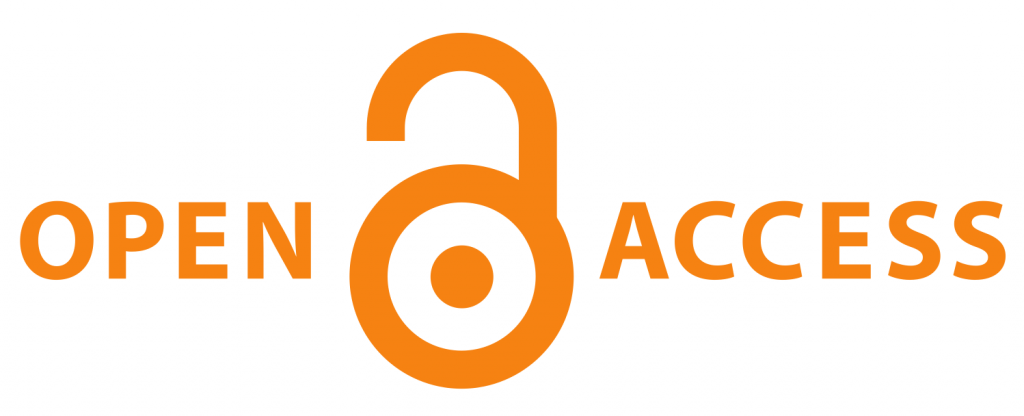Article Type
Original Article
Abstract
Objective: This laboratory study was conducted to evaluate the effect of different bevel designs (2mm bevel, skirt bevel and scalloped bevel) on microleakage and shear bond strength of class IV composite restorations. Materials and Methods: Sixty extracted human permanent maxillary central incisors were selected and a standardized mesio-incisal fracture was created. Teeth were divided into 3 groups (n=20) according to different bevel designs (2mm bevel, skirt bevel and scalloped bevel). All prepared teeth were restored with nano hybrid composite (Filtek Z250, 3M ESPE, St. Paul, MN, USA). Half of specimens were used for microleakage test, specimens were received 3 layers of nail polish, except for a 1 mm around the margins, then immersed in a 0.5% methylene blue dye for 24h. Dye penetration scores were assessed using stereomicroscope. The remaining teeth were utilized for shear bond strength test after measuring the surface area with (Image J) software, specimens were subjected to universal testing machine with crosshead speed of 1 mm/min. Results: Regarding microleakage, the result of Chi-Square test revealed that there was no significant difference between different bevel designs (p>0.05). Regarding shear bond strength the results of one-way ANOVA revealed the highest mean value for the 2mm bevel (16.74±5.29Mpa), while the lowest mean value recorded for the skirt bevel (12.20±1.54Mpa). Conclusion: Bevels can be advantageous in reducing microleakage and increasing shear bond strength in class IV restoration. However, the higher shear bond strength and minimum microleakage can be obtained with 2mm bevel, and it can be recommended for cliniciansn.
How to Cite This Article
Qadir H A, EL-Wassefy N A, Abdullah A M, Hamama H H.
Effect of Different Bevel Designs on Microleakage and Shear Bond Strength of Class IV Composite Restoration: A laboratory Study.
Mans J Dent.
2022;
9(1):
1-3.
Available at:
https://doi.org/10.21608/mjd.2022.226762
Creative Commons License

This work is licensed under a Creative Commons Attribution-NonCommercial-No Derivative Works 4.0 International License.








